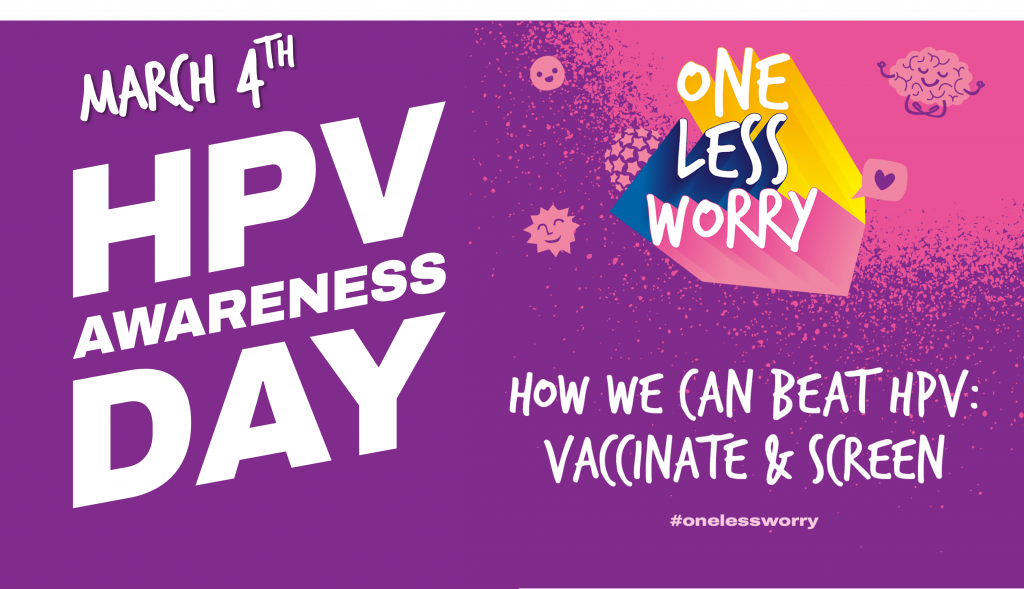Workers, patients and visitors in health care settings will no longer be required to wear masks starting April 3, 2023, Oregon Health Authority (OHA) announced today.
OHA is rescinding provisions in Oregon Administrative Rule (OAR) 333-019-1011 that require workers in health care settings – such as hospitals, mobile clinics, ambulances, outpatient facilities, dental offices, urgent care centers, counseling offices, school-based health centers, complementary and alternative medicine locations – to wear masks. This includes the Malheur County Health Department clinic. The requirement has been in effect since August 2021.
In addition, Executive Order 22-24 will expire on March 6, 2023. The emergency gave hospitals needed flexibility to respond to a surge in respiratory infections, including COVID-19, RSV and influenza.
The decision to end statewide health care mask requirements aligns with decisions in other states, including Washington.
Dean Sidelinger, M.D., M.S.Ed., health officer and state epidemiologist at OHA, said the lifting of Oregon’s health care mask requirement stems from data in recent weeks showing overall decreases in circulation of the three respiratory pathogens that triggered a surge in visits to hospital emergency departments and intensive care units last fall. As of today, COVID-19 test positivity is at 10% and is expected to continue dropping; influenza test positivity is at 1.2%; and RSV test positivity is at 1.6% (antigen tests) and 3.5% (molecular tests).
The month-long lead-up to the ending of Oregon’s health care mask requirement gives the health care system, local public health authorities and other health partners time to prepare for the change, including adjusting policies, training and procedures that ensure continued patient safety and access. It also gives members of the public, particularly populations at increased risk of severe disease—communities of color, tribal communities, rural communities, lower-income communities, those with underlying medical conditions, seniors, and parents of vulnerable infants – a chance to plan health care visits and protective measures.
People at higher risk for severe disease, or who live with someone at higher risk, should still consider wearing masks in health care or any settings, to better protect themselves and those most vulnerable around them. Some health care settings may continue to require masks even after the requirement is lifted.
Masks remain an effective way to reduce transmission of respiratory viruses. People are recommended to wear masks when they are sick, and individuals – particularly those with health conditions that put them at high risk for severe illness from a respiratory virus exposure–should continue to wear masks wherever they feel comfortable.
In order to protect themselves and their families and communities, people are strongly encouraged to stay up to date with vaccinations and boosters.
OHA Press Release here.








